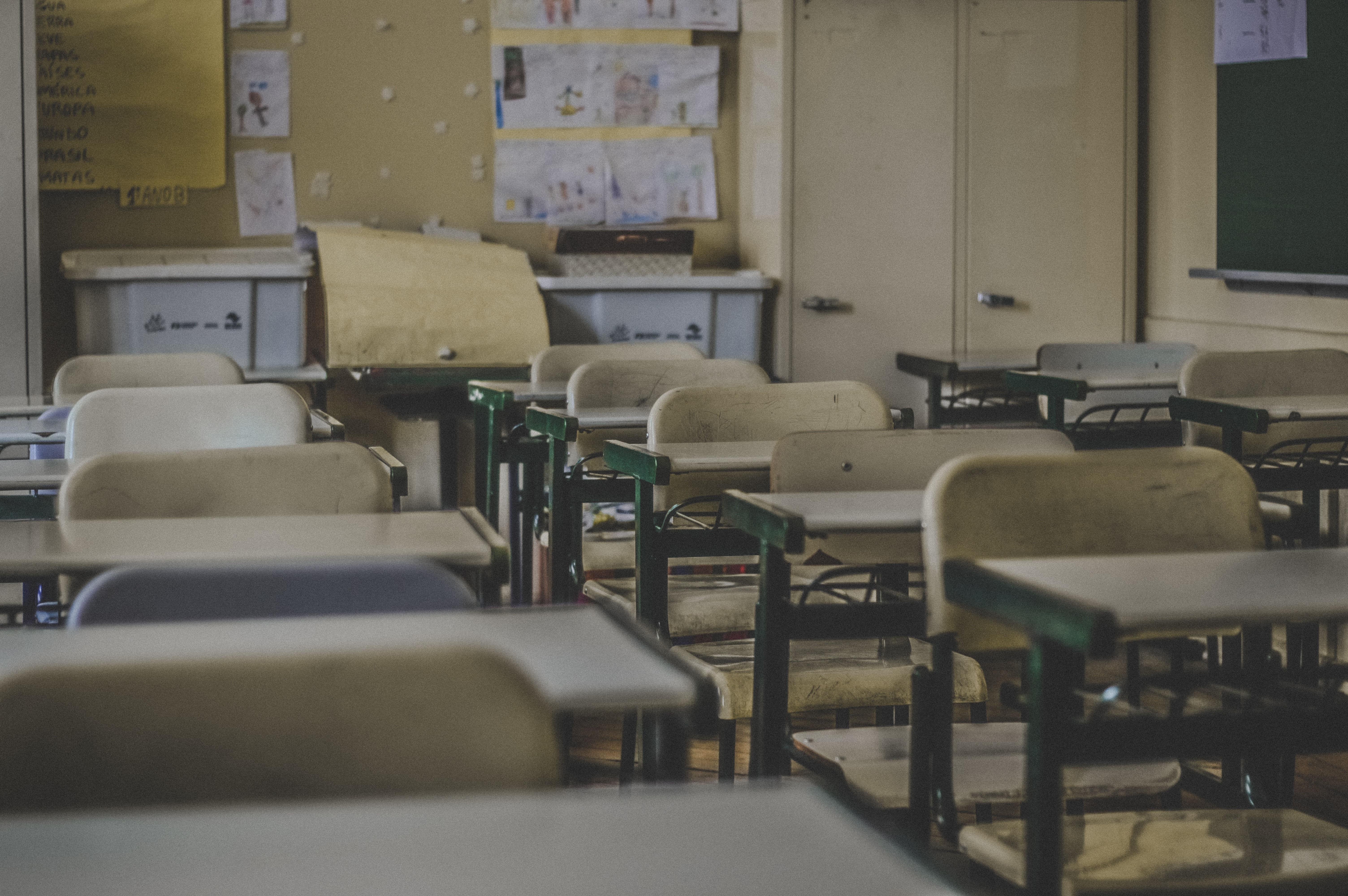Unheard Voices of Willowbrook
Main Article Content
Abstract
During the celebration of Rosh Hashanah (Jewish New Year) on September 25th, 2014, I conducted a daylong research endeavor at the Archives Office of the College of Staten Island in Staten Island, New York. My goal was to gather research information to prepare for a special education course presentation about the Willowbrook State School. Ironically, the land that once occupied the residential facility of Willowbrook State School now houses the buildings of the College of Staten Island. Willowbrook State School was once a state-supported institution for children with intellectual disabilities located in the Willowbrook neighborhood on Staten Island in New York City from 1947 until 1987.
The school that had been designed for 4,000 patients eventually became a physical dumping ground for mentally disabled children, eventually servicing well over 6,000 patients. The facility was understaffed. Patients were routinely locked in their rooms for extended lengths of time and forced to sleep on floors covered in their own excrement. Many children within the facility were malnourished because they were underfed. When patients were not locked in their rooms, they frequently ran the hallways partially dressed or even naked. Between 1963 and 1966, medical studies were conducted on children within the residential school, infecting them with hepatitis. In some cases, some patients were fed the fecal matter of other infected patients. Throughout the first decade of Willowbrook’s operation, outbreaks of hepatitis, primarily hepatitis A, were common at the school. These outbreaks led to a controversial and unethical medical study conducted between the mid-1950s up to the 1970s by medical researchers Saul Krugman and Robert W. McCollum. These researchers conducted their experiments without the informed consent of patients or their guardians. Throughout this experiment, the researchers monitored patients with hepatitis in order to measure the effects of gamma globulin in combating the disease.
The college archives office location where I conducted my research was once the location of the main administration building for the Willowbrook State School. Even though I conducted most of my research that day in the archives office, my practical research of this significant subject matter began by photographing some of the former abandoned buildings of Willowbrook. As I took photographs of my physical surroundings, I felt the universality of injustice conducted by humankind. Whether it be medical or educational in nature, these lingering ties are atrocities that bind us. I thought about the Tuskegee Syphilis Study, the Jewish Holocaust in Europe, and other unreasonable tragedies that have harmed our global community. It was the spirit and nature of Willowbrook that resounded in my collective consciousness. I felt as if I had been there in some other space or time.
One particular abandoned building instantly grabbed my attention. I quickly decided to photograph this brick building on what seemed to be one of the rainiest days I had recently seen. This abandoned building apparently once housed one of Willowbrook's facilities. Its windows are now boarded up in dark brown wood. The dreariness of this day made the impact of taking photographs of the building even more dramatic and resonating. A few days after conducting research at the College of Staten Island, I began to reflect on ways in which I could tell the story of Willowbrook. As I contemplated various ideas, I thought that a collage depicting the abandoned building would shed light on the disabled men, women, and children who once called Willowbrook home.
As depicted in Image 1, the collage is a mixture of my building photograph and visual images I photographed at an exhibition about Willowbrook (see Image 2). In the artistic collage image entitled, Unheard Voices of Willowbrook, I highlight how, in many instances, our most vulnerable black and Latino children were unethically treated within the Willowbrook facility. In the collage image, we can visually see this old abandoned building which may have medically treated and housed residents at Willowbrook. At the left sided boarded window, I placed photographs of two older African American elders (male and female) who once lived at Willowbrook. I blackened their faces in order to empathize the concept of confidentiality. Through their hollowed and blackened eyes, I hear the tales of a thousand ancestral voices. But within the middle boarded window, I decided to leave two photographs of a young Latino boy’s eyes visible in order to shed light on the lack of humanity shown toward young people. The right hand boarded window in the collage shows how young children were systematically impacted by unethical medical studies at Willowbrook, I left the middle area of this right sided boarded window empty in order to symbolize the voided space of unheard voices of victims affected by Willowbrook.
Now, as I think of Willowbrook and all the countless mistakes that were made there, I am reminded that we, as educators and bioethicists, are called to serve those in greatest need, to right the wrongs of the past, and to go forth with the greatest promise of our calling.
Photo by Feliphe Schiarolli on Unsplash

